7 Things to Know about the Significance of Red Heifers in Biblical Prophecy

Red heifers have arrived in Israel. This news brings our attention to an obscure part of the Old Testament Law, which has big consequences for end-times prophecy.
Both Christians and Jews view a ritually pure red heifer as a prophetic sign related to rebuilding the Third Temple in Jerusalem. Pastors in churches and podcasts have commented and brought this to everyone’s attention, especially considering recent world events that may align with certain end-time ideas.
But why is it important? Most Christians have little to no idea about the red heifer, from its original Old Testament context to its use as a symbol over millennia.
Here are seven things to know about the red heifer’s significance in biblical prophecy.
Photo Credit:©GettyImages/tomofbluesprings
1. Biblical Origin

1. Biblical Origin
SLIDE 1 OF 7
Detailed in Numbers 19:1-10, the Old Testament law used a red heifer in a unique purification ritual to cleanse people who had become ceremonially unclean through contact with a dead body. The Lord instructed Moses and Aaron to find a red heifer without defect or blemish and one that had never been under a yoke.
The ritual began with the red heifer being taken outside the camp, where it was slaughtered in the high priest’s presence. The priest would then sprinkle some of its blood toward the front of the Tent of Meeting seven times. This act symbolized purification and atonement. After sprinkling the blood, priests burned the red heifer’s entire carcass—including its hide, flesh, blood, and offal. During this burning, the priest added cedar wood, hyssop, and scarlet wool to the fire, further signifying cleansing and purification.
The red heifer’s ashes were collected and stored in a clean place outside the camp. When someone needed purification, priests mixed some of these ashes with fresh water, called the “water of cleansing.” This mixture was sprinkled on the unclean person or objects. This process is highlighted in Numbers 19:9, which includes how this process was “for purification from sin.”
Photo Credit:©GettyImages/lolostock
2. Symbol of Purity and Sacrifice
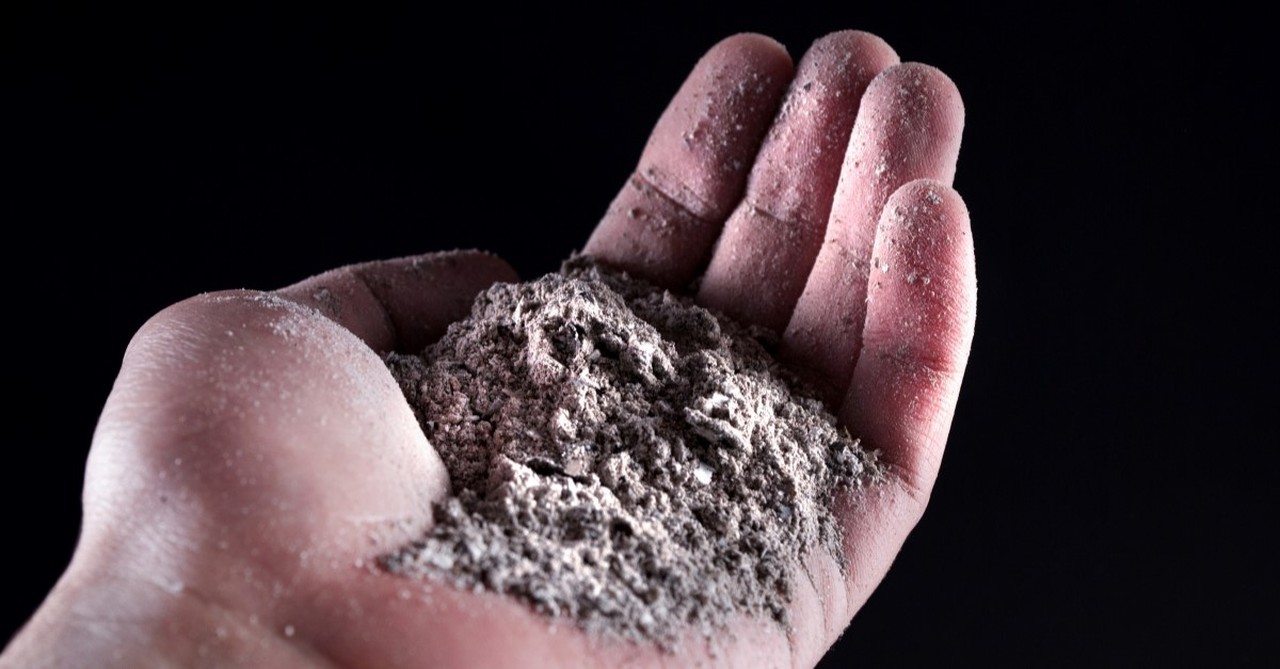
2. Symbol of Purity and Sacrifice
SLIDE 2 OF 7
The red heifer was part of the Old Testament’s larger animal sacrifice system. These sacrifices symbolized purity, cleansing, and forgiveness, all essential to the Israelites’ relationship with God. God imparted this sacrificial system in Leviticus and Numbers as part of His covenant with Israel. Specifically, the sacrifice system addresses human sin and impurity, keeping them from being reconciled with God.
When an Israelite sinned, they brought a spotless animal to the altar. The priest would slaughter the animal, and its blood would be sprinkled on the altar, symbolizing the individual being purified and cleansed from sin (Leviticus 4:20). The act of shedding blood was seen as essential for atonement, as expressed in Leviticus 17:11: “For the life of the flesh is in the blood, and I have given it for you on the altar to make atonement for your souls.”
Humanity’s sin results in death. So, death and blood animal rituals served as a constant reminder of sin’s consequences. Ultimately, the sacrificial system pointed to the ultimate sacrifice of Jesus Christ, who Christians believe fulfilled and perfected these symbols through His death and resurrection, offering eternal cleansing and forgiveness (Hebrews 9:13-14).
The red heifer, specifically, cleansed people after they touched a dead body—which the Law said made them unclean, isolated from the redeemed community. Fellowship with death separated people from the community of life, where God dwelt. Therefore, a specific and unique sacrifice was made for people to be reconciled to God and his people.
Photo Credit:©GettyImages/Emilija Randjelovic
3. Rarity and Requirements

3. Rarity and Requirements
SLIDE 3 OF 7
It couldn’t be any red cow. The red heifer’s rarity and its stringent sacrifice requirements underscore its significant role. The Lord instructed Moses and Aaron to use a red heifer “without defect or blemish, and that has never been under a yoke.” These specific criteria made finding a suitable red heifer exceptionally challenging.
First, the heifer had to be entirely red, without a single non-red hair, emphasizing the requirement for perfect uniformity and purity. Even minor irregularities or blemishes would disqualify the animal.
Second, the heifer needed to be without defects, meaning it could have no physical imperfections or illnesses. This requirement ensured that the animal was in the best possible condition. In addition, the heifer must never have been yoked, signifying that it had not been used for labor. This condition represented its total dedication to the sacred purpose.
The heifer’s rarity contributed to the ritual’s profound significance. It emphasized the extraordinary measures necessary for the community to achieve ceremonial cleanliness and atonement. Finding an appropriate red heifer made the ritual all the more solemn and meaningful, highlighting the lengths the Israelites had to go to adhere to God’s laws.
Again, the New Testament continually points to the unique and only begotten Son of God, Jesus, as the only sufficient sacrifice to cleanse all humanity—even all creation—and reconcile it to the Father.
Photo Credit:©GettyImages/Clara Bastian
4. Historical Context
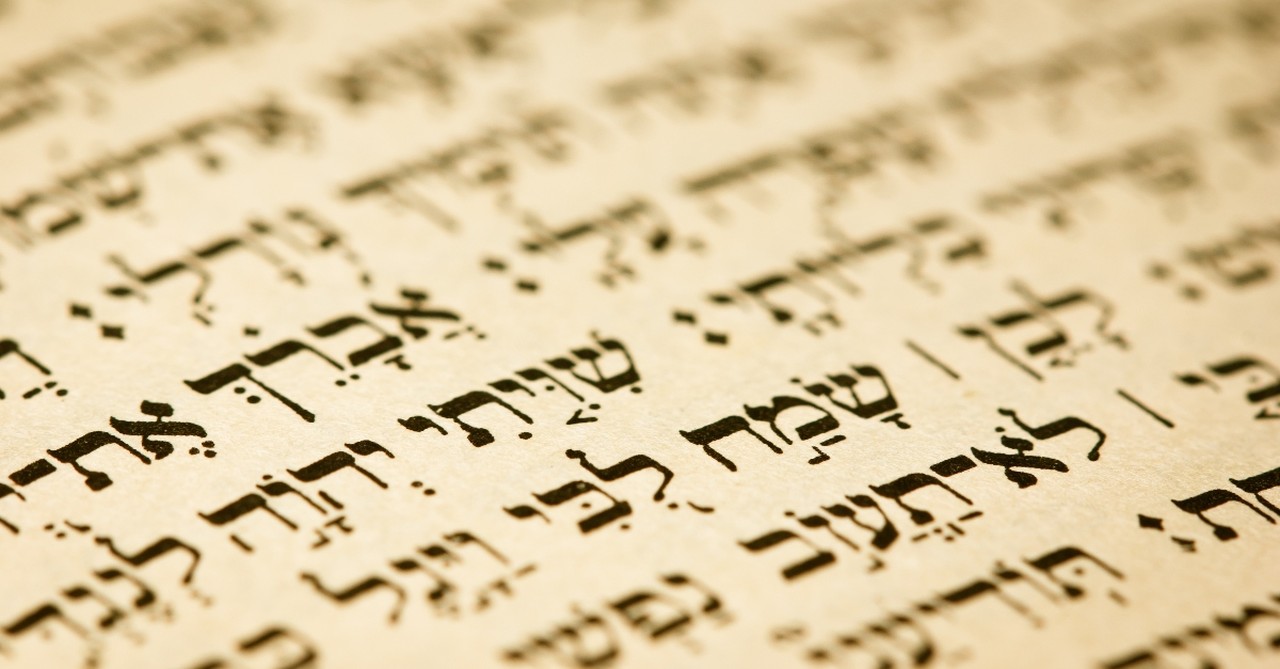
4. Historical Context
SLIDE 4 OF 7
For the Jews, the red heifer holds a unique place in their history, particularly concerning purification rituals.
Throughout history, the ritual involving the red heifer has been meticulously observed. This practice continued during the First and Second Temples in Jerusalem. The Talmud records that only nine red heifers were used from Moses’ time until the Second Temple’s destruction (in 70 CE). Each heifer’s ashes were carefully preserved and used sparingly, underscoring their preciousness and the rarity of finding a qualifying heifer.
The red heifer ritual ceased with the destruction of the Second Temple, as the central place for performing such purification rituals was lost. However, the significance of the red heifer remains in Jewish eschatology. Some Jewish traditions hold that the Messiah’s arrival and the Third Temple’s construction will require the red heifer’s ashes to reinstate ritual purity.
Consequently, several groups today are actively involved in efforts to breed a red heifer that meets biblical requirements. These efforts are considered preparatory steps for future Temple services, reflecting the ancient rite’s enduring importance.
Photo Credit:©iStock/Getty Images Plus/asafta
5. Messianic Meaning
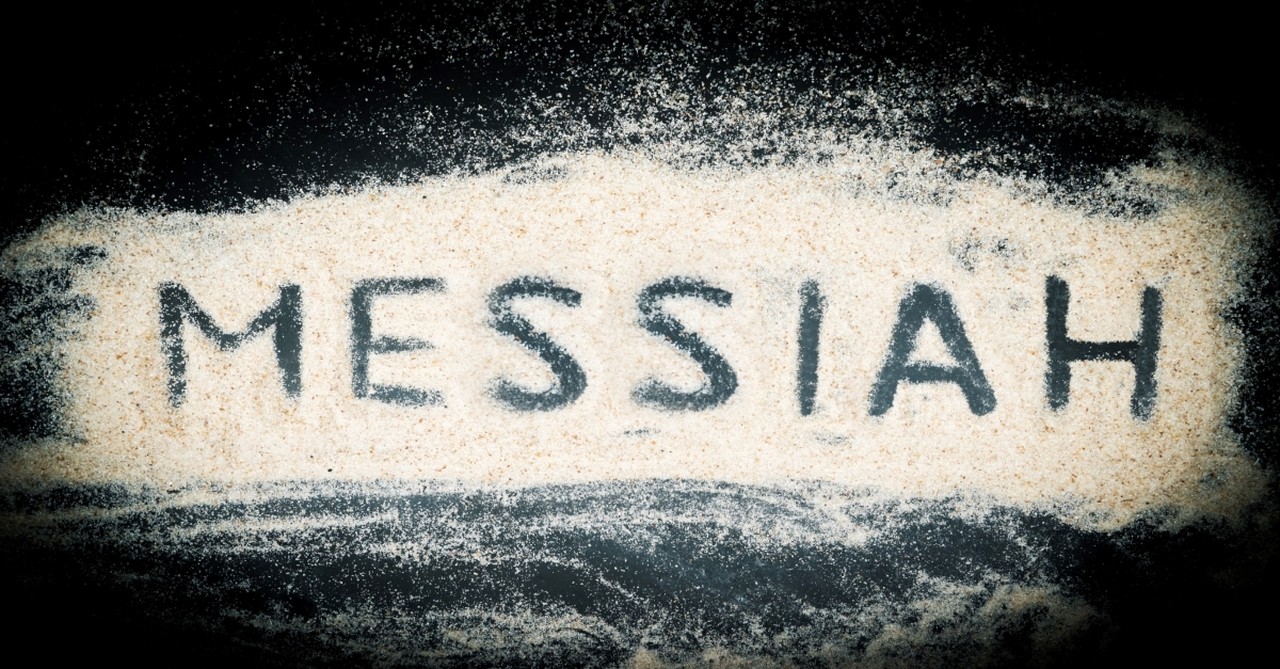
5. Messianic Meaning
SLIDE 5 OF 7
The biblical red heifer carries profound Messianic meaning. It symbolizes purification and foreshadows the Messiah’s ultimate sacrifice. According to Numbers 19, the red heifer’s ashes cleansed those who had become ceremonially unclean through contact with a dead body.
The red heifer is a precursor to the Messiah’s arrival in Jewish eschatology. Since the Romans destroyed the Second Temple when they sacked Jerusalem, no red heifer sacrifices (or any sacrifices) have been made since 70 CE. With no temple available, Judaism shifted to focus on the synagogue, which often created a haven to continue their religious beliefs while living in other nations. Orthodox Jews awaiting religious restoration in a new temple believe the red heifer’s ashes are necessary for construction.
While the Old Testament prophets don’t explicitly mention the red heifer and the Messiah, the hope to rebuild the temple in Jerusalem is often connected with messianic expectations. In this view, the Messiah will prepare the next red heifer, ushering in the Third Temple’s construction and a new era of purity.
Christian groups argue that God took our messianic expectations to somewhere we didn’t expect. The Messiah appeared two thousand years ago: the Lord Jesus Christ, who sacrificed himself. We don’t have a record of him ever sacrificing a red heifer to rebuild a temple. Instead, he said, “Destroy this temple, and I will raise it again in three days” (John 2:19-21). His audience thought he was crazy: the Second Temple’s construction took over 46 years. However, Jesus meant a different temple: his body. His death, the temple’s destruction, was followed by His resurrection after three days.
Photo Credit:©Getty Images/CreativaImages
6. End Times
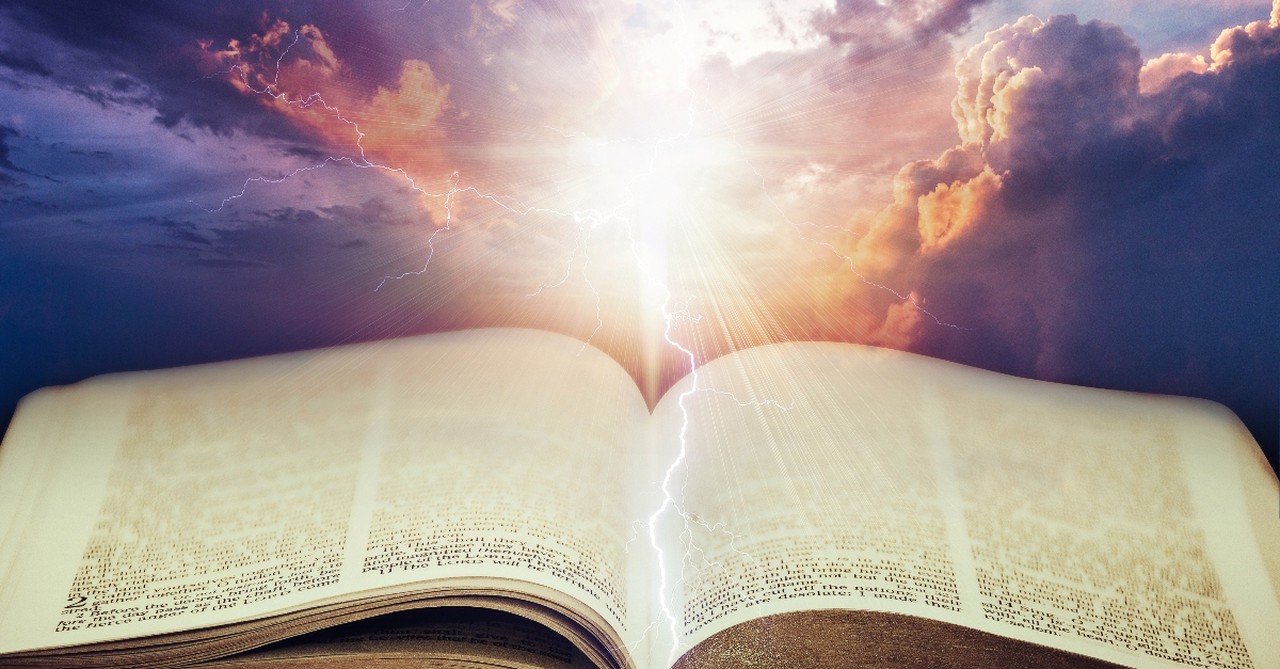
6. End Times
SLIDE 6 OF 7
Due to the Second Temple’s destruction and many Orthodox Jews connecting the Messiah with the red heifer, this ritual plays a key role in some Jewish and Christian end-time interpretations.
Since Judaism doesn’t recognize Jesus as the Messiah, Orthodox Jews await the Messiah’s future arrival. In some conservative interpretations, the tenth red heifer’s arrival will coincide with the Messiah establishing the Third Temple, reinstating temple services.
Christians have various views regarding the red heifer. Many Christians believe Jesus will one day return and establish his kingdom on earth, the millennium kingdom. In some interpretations, particularly dispensationalist theology that emphasizes the nation of Israel being restored, the event will center around Jerusalem: a rebuilt temple, the ark of the covenant returned to its proper place… all hanging on the red heifer’s sacrifice to set events in motion. Other Christians believe none of those symbols are necessary because the kingdom of God has changed shape with the new covenant. So, they worry that a false messiah will use a red heifer to set up a fake religion on the temple site in Jerusalem.
Photo Credit:©iStock/Getty Images Plus/Javier_Art_Photography
7. Modern Efforts
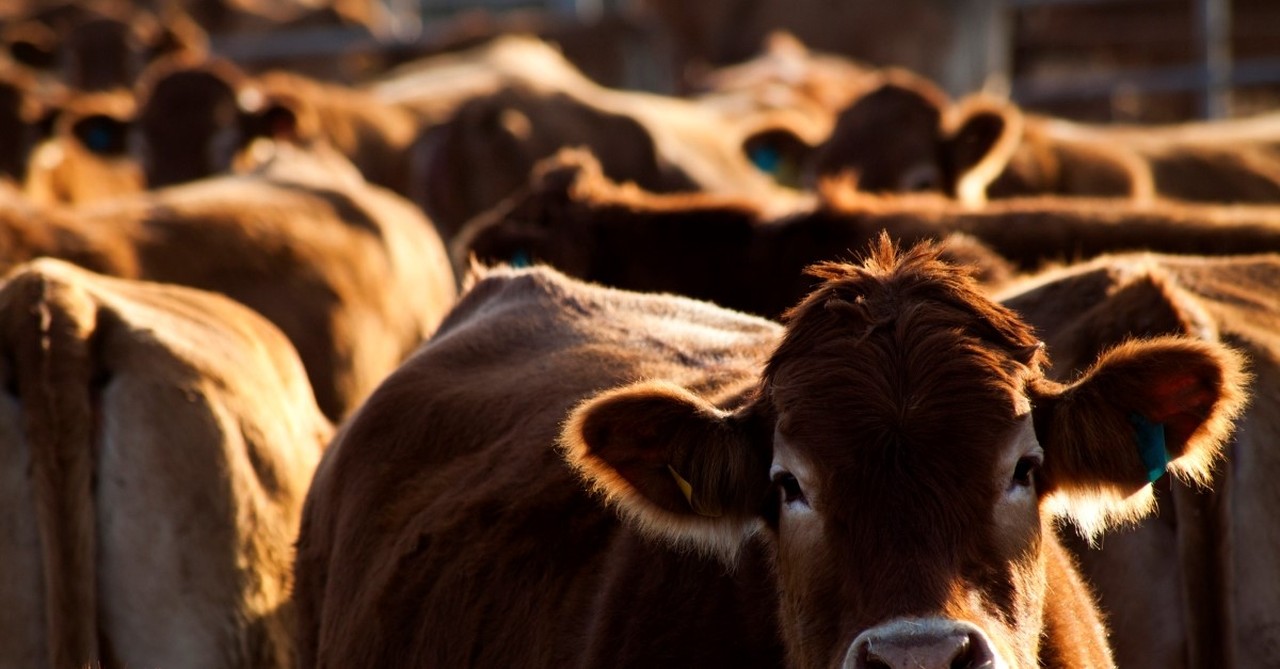
7. Modern Efforts
SLIDE 7 OF 7
Since many Christians and Jews connect the red heifer to end times prophecies being fulfilled, various groups have sought to breed a red heifer that meets the stringent biblical criteria outlined in Numbers 19:1-10. According to Numbers 19:2, the red heifer must be “without defect or blemish and that has never been under a yoke.” Breeding such a perfect animal is challenging. Organizations like the Temple Institute have dedicated significant resources to this effort in Israel. They see a qualifying red heifer’s birth as a potential sign of the approaching messianic age, temple worship returning to Jerusalem.
A red heifer fitting biblical standards generates considerable excitement and speculation. This often leads to discussions about the Old and New Testament prophecies, their timelines, and what some symbols even mean given the new covenant.
Whatever Jerusalem’s role in the future, the Bible is clear that the Messiah will establish a new heaven and earth. When Jesus returns, there will be a city and temple where neither sun nor moon are needed; God alone is light (Revelation 21).
Related Resource: John MacArthur on Israel’s Prophetic Journey
Welcome to Inside The Epicenter, the #1 podcast on Israel and Biblical prophecy. In today's episode, we take a fascinating journey with Pastor John MacArthur as he shares timeless insights on Israel, biblical prophecy, and theological perspectives. He emphasizes the literal promises of God to Israel and explores historical events, biblical passages, and the significance of Israel's spiritual and physical restoration. Listen in and be sure to subscribe on Apple or Spotify so you never miss an episode!
Photo Credit:©Getty Images/erdinhasdemir

Originally published June 06, 2024.









